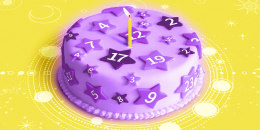The language of flowers is a mystery to many.
While there's a good chance you already know what roses symbolize (love, of course), you may be surprised to know the meaning behind some of your favorite blooms.
“The language of flowers has a long history dating back to pre-Victorian times when they were used to convey private and secret romantic messages,” Carrie Waggoner, experiential and workshops manager for Flowers for Dreams in Chicago, IL, tells TODAY.com. “Today we may be less coy about communicating our feelings, but floriography (the language of flowers) can be used to connect and communicate our love, appreciation and admiration for those we care about."
This is especially important if you're sending a bouquet to someone in your life on Valentine's Day, Mother's Day or just because they're on your mind. While most flowers are symbols of love, peace and a joy, there are a select few that have more somber connotations. Carnations, for example, often fill homes and churches during times of mourning.
"Each flower has a specific meaning, then varies within each flower type by color — allowing you to express with flowers what words cannot," Waggoner adds.
Ahead, gardeners and florists share the meanings of common flowers — peonies, tulips, you name it.
Roses
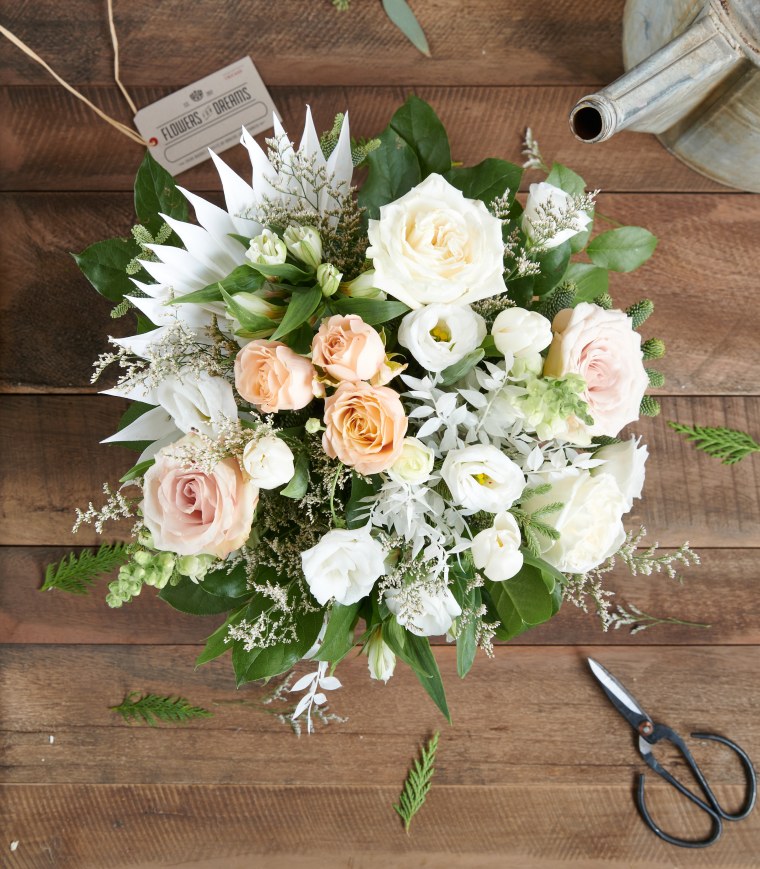
Waggoner describes roses as a romantic favorite that symbolizes love. But did you know different colored roses represent different things? “While traditional red roses convey passion, pink roses impart happiness and gentleness, yellow roses friendship and admiration, white roses symbolize innocence, purity and youth,” she says.
Sometimes, it goes a step beyond the color. “A red rosebud will signify purity. A thornless red rose indicates love at first sight. A red rose symbolizes romance and love. A dark crimson rose signifies mourning,” Jen McDonald, certified organic gardener and co-founder of Garden Girls in Houston, TX, tells TODAY.com.
Tulips
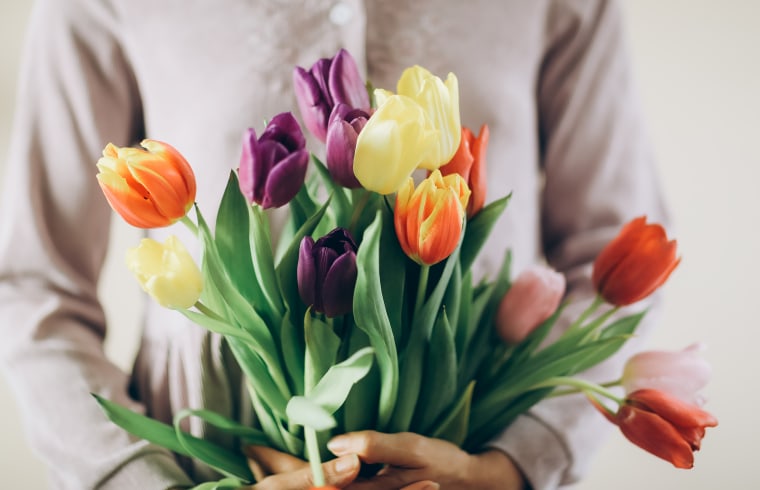
Even if spring hasn't sprung, Waggoner is all about the metaphorical meaning of this "humble" bloom. Often the first flowers to blossom once the weather warms, she says that "tulips communicate deep, perfect love and unconditional affection."
Peonies
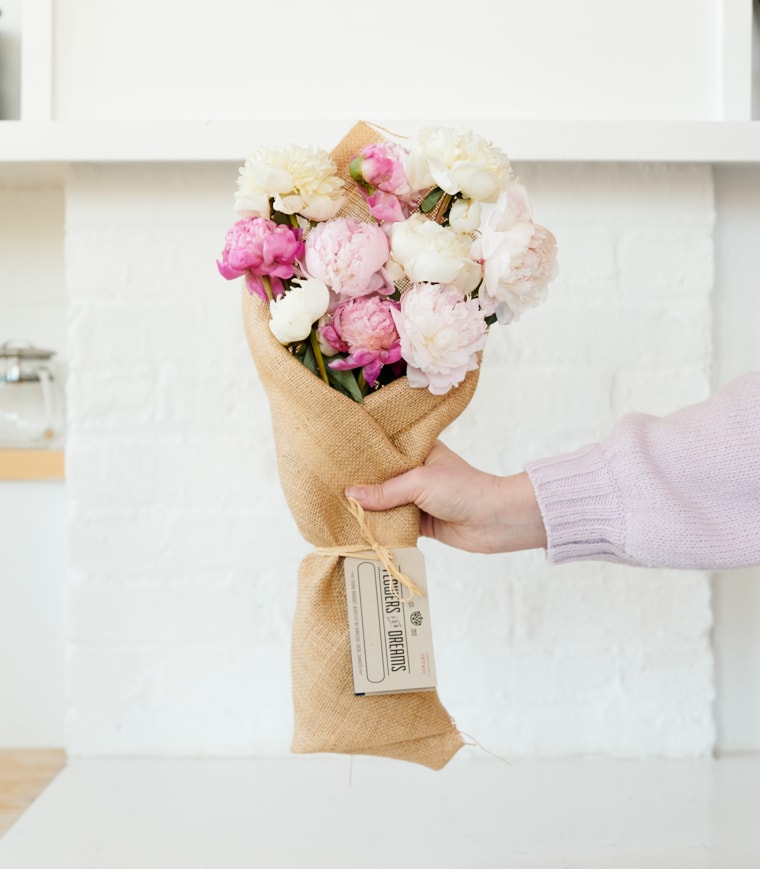
“A beloved late spring and early summer perennial that range in a variety of shades from white, cream, and pale pink, to deep magenta,” Waggoner says, adding that peonies are known for their devastatingly beautiful delicacy with a subtle and uplifting scent. “Gifting someone peonies imparts elegance and sophistication, joy and wealth.”
According to McDonald, you can give these flowers — which signify happiness, wealth and beauty — as a token of your best wishes and goodwill.
Camellias
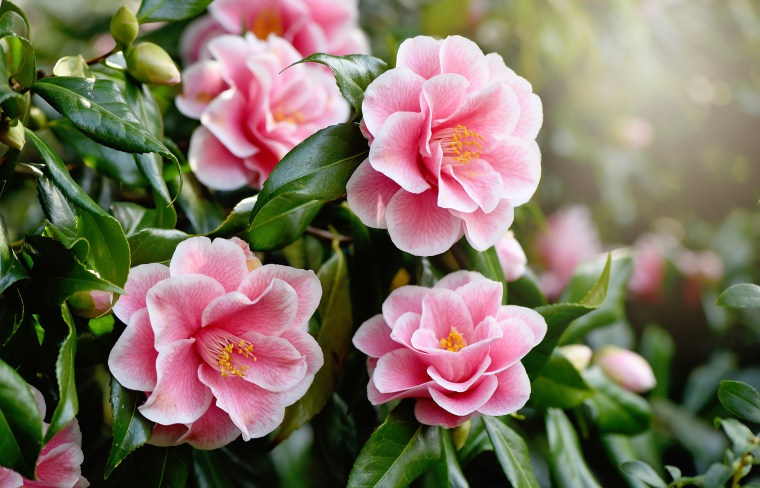
Sometimes called the "queen of winter flowers," these commonly pink, red or white blooms are sure to jazz up any simple arrangement with their showy petals. “Often sent to someone you admire or who lives far away, the delicate, softly scented petals are so lovely that the recipient would certainly feel affection receiving them,” McDonald says.
Sunflowers

A high summer favorite, Waggoner points out that sunflowers have been cultivated for over 4,500 years in North America as a companion plant (when you grow plants in close proximity to benefit one or all of the plants). “These cheerful, sturdy blooms have heads that follow the sun throughout the day and symbolize good luck, loyalty and adoration,” she says.
Carnations
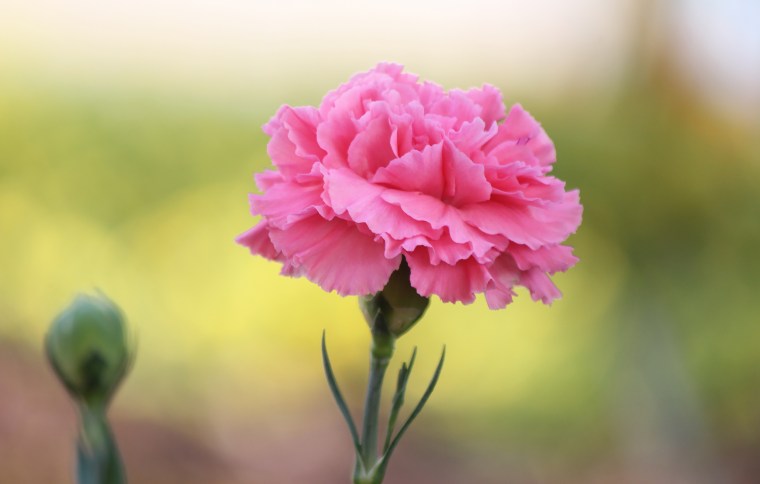
These flowers symbolize pure love, reminiscent of a mother’s love. “The Virgin Mary is said to have had tears of carnations as she watched Jesus carry the cross, according to a Christian legend,” McDonald says.
“Carnations are also a popular choice for funerals and sympathy arrangements. The white carnation is often used to symbolize mourning,” Emily Jones, gardener and founder of Tomato Mentor in Denver, CO, tells TODAY.com.
Irises
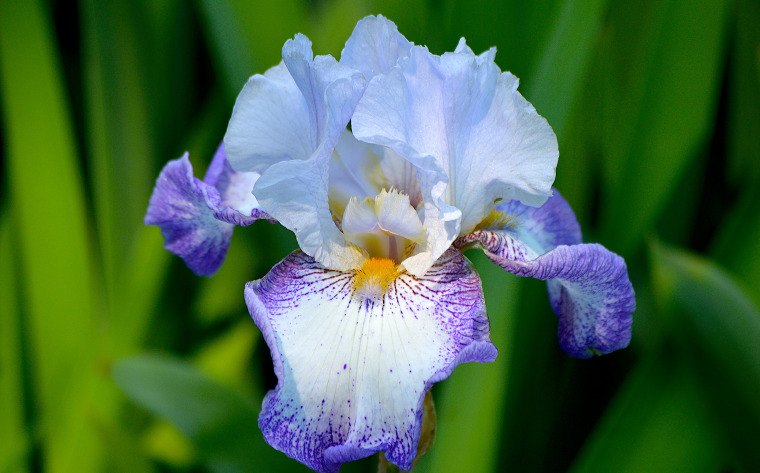
We don’t know about you, but we swoon for irises’ pretty petals, especially the purple ones. “White iris best represents hope and faith while the purple iris signifies wisdom and trust,” McDonald says.
Daisies
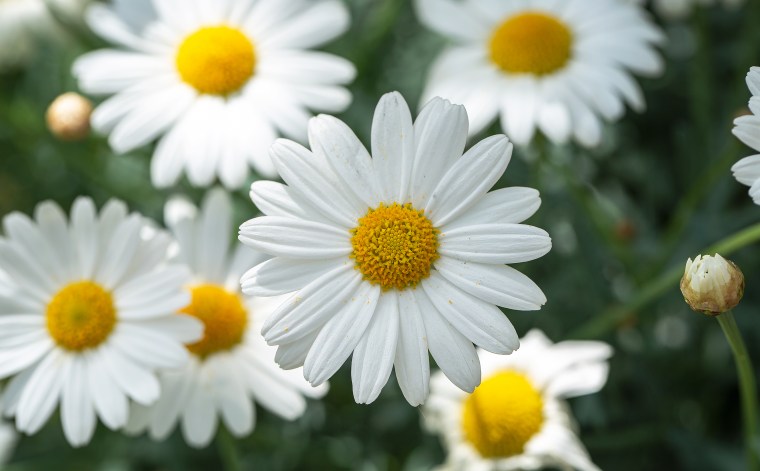
Daisies bring a playful and carefree energy, which is exactly why Waggoner says they're a favorite among gardeners and in wildflower fields. What's more, they “communicate cheerfulness, new beginnings and are often associated with childbirth.”
Fun fact: Asters, which are also called Michaelmas daisies, "commonly embody wisdom and faith.”
Orchids
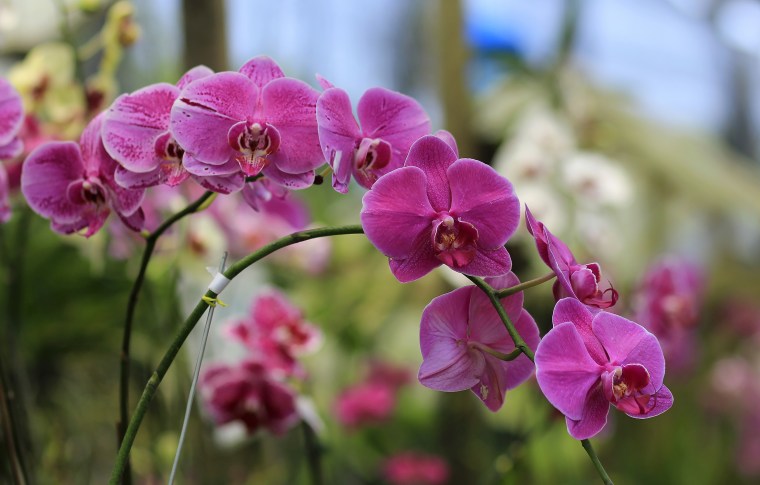
Orchids are a go-to gift for good reason. "These sturdy blooms are epiphytes meaning their roots do not require soil and often sit in the nooks and crannies of trees and branches," Waggoner says of the fragrant, relatively low-maintenance flowers.
While their meaning can vary widely based on their color, orchids are associated with elegance, maturity, reverence, fertility and refinement.
Hydrangeas
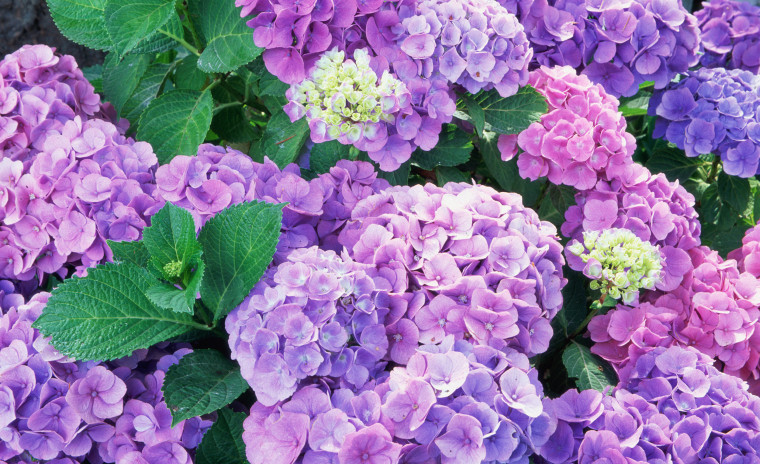
How abundant and gorgeous are these blooms? Hydrangeas are said to mean gratitude. “This is represented through the hydrangea because of the generous round shape and abundance of petals,” McDonald says.
Gardenias
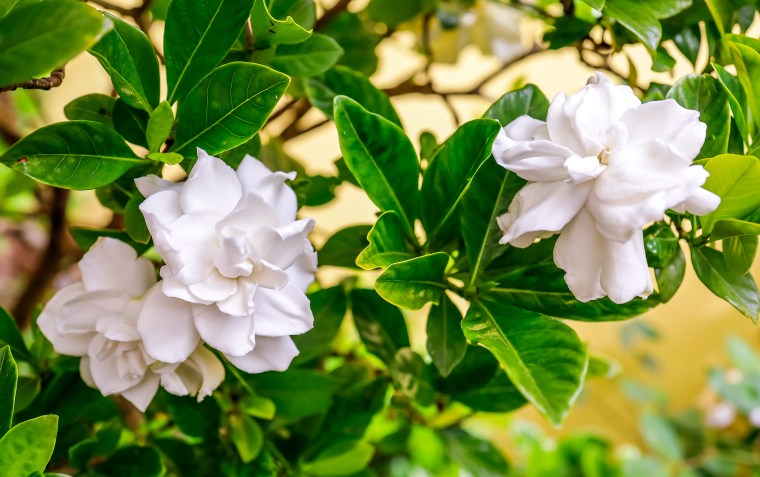
“For centuries, gardenias have been associated with purity and innocence. In many cultures, they are seen as a symbol of new beginnings,” Jones says, adding that they also represent joy and happiness.
“Because of their association with purity and innocence, gardenias are often given as gifts to new mothers or brides.”
Chrysanthemums
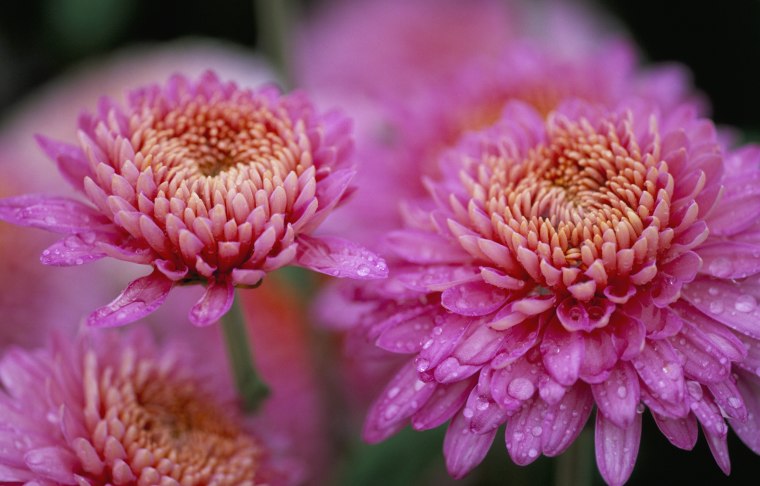
Mums, as many people call 'em, show in early fall and often last until the first frost. For that reason, brightly colored mums are on front porches everywhere during the autumn months.
Although chrysanthemums typically symbolize optimism, joy and long life, Jones says they are also associated with death in some cultures.
Nasturtiums
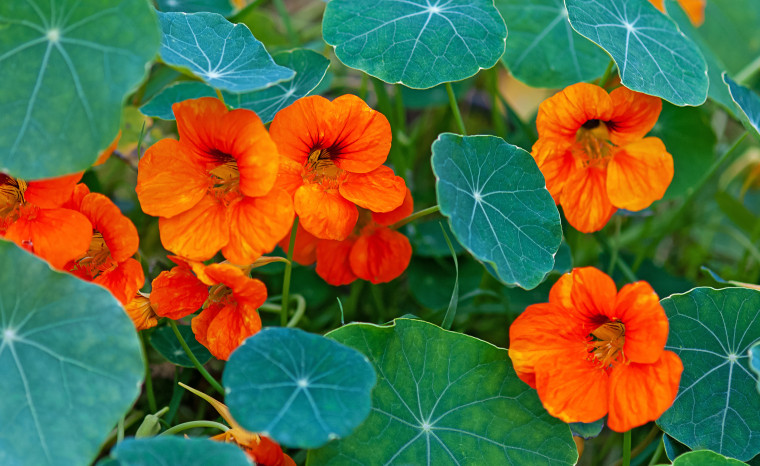
These bright orange, yellow and red flowers are a stand-in for patriotism. “Anyone who has planted nasturtium sees their ‘victory in struggle,’”McDonald says.
“The tiny round leaves may start out small, but given the proper sunlight and water, these cascading beauties eventually show their strength in numbers and blooms.”
Yarrows

Yarrow is a representation of healing, everlasting love, according to McDonald. “Yarrow’s meaning comes from Achilles and Greek mythology which ties it to healing properties.” (If you’re curious, the Trojan War hero Achilles is said to have used yarrow to treat the wounds of his soldiers.)
Violets

How this purple flower delights us so. Their meaning has evolved over time. In ancient Greece, violets symbolized fertility and love, but they were a sign of affection in the Victorian era. In modern times, Jones says violets are commonly seen as a symbol of springtime and new beginnings.

